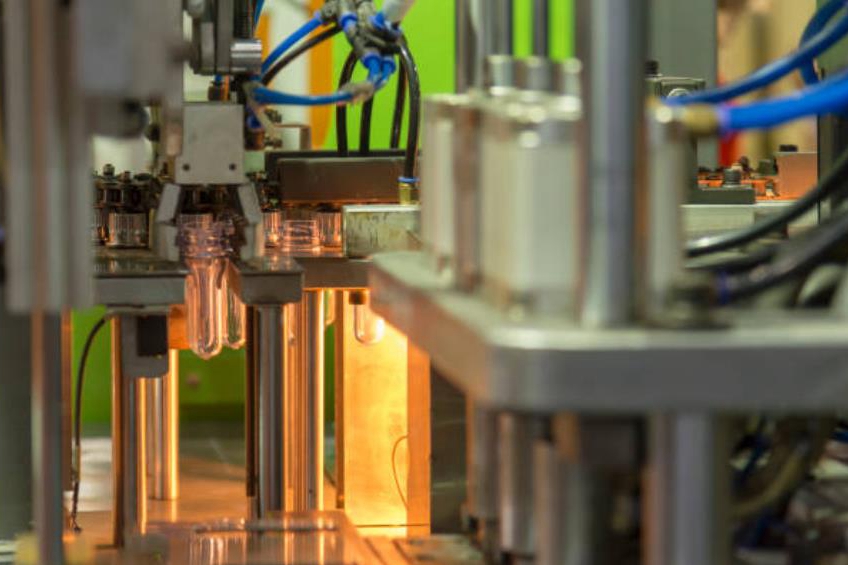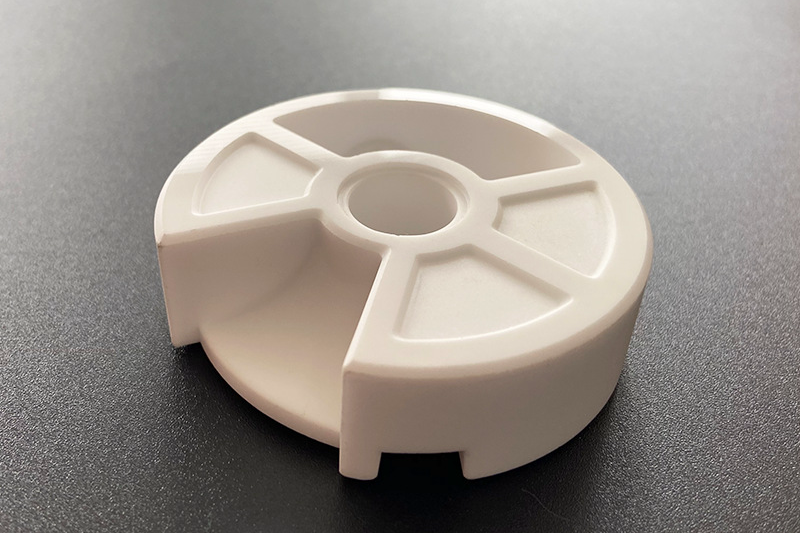What is the typical development process from prototype to mass lock production?
The development process for lock components—from early prototype to full-scale production—requires structured engineering validation to ensure security, consistency, and manufacturability. Each phase must address precision standards, surface durability, material performance, manipulation resistance, and compatibility with automated assembly. Successful lock development integrates material selection, prototype testing, manufacturing scalability, and quality assurance to ensure optimal performance. Custom parts manufacturing therefore follows a carefully staged process supported by design iteration and controlled validation.
Phase 1: Concept and Material Validation
The process begins with functional concepts and material trials. Prototype units are produced using CNC machining prototyping or 3D printing prototyping to evaluate geometry, assembly alignment, and initial locking performance. Candidate materials may include plastics such as nylon (PA) or metals like MIM 17-4 PH depending on torque and wear resistance requirements. Early-stage validation assesses stiffness, friction zones, tolerance stack-ups, and potential anti-manipulation features.
Phase 2: Functional Prototyping
In this stage, molds are simulated using rapid molding prototyping to test manufacturability. Key features—pins, sliders, gears, cam followers—are optimized for precision molding or insert molding. At this stage, surface finish strategies such as electropolishing, nitriding, or Teflon coating are validated to ensure smooth motion and long-term durability.
Phase 3: Pilot Production and Assembly Validation
Pilot runs are conducted using injection molding, metal injection molding, or precision casting depending on the component type. Tolerance checks using in-line inspection and SPC methods allow designers to adjust mold geometry before mass tool steel investment. Assembly validation ensures compatibility with automated processes—especially when using hybrid designs with overmolding or insert molding.
Phase 4: Mass Production
Once engineering validation is complete, the design is frozen and moved to full production. High-volume processes must deliver stable quality with minimal variation. Tool steel molds, automated pick-and-place assembly, torque validation, and controlled finishing methods—such as tumbling or PVD coating—ensure consistency across tens of thousands of parts. Final endurance testing includes temperature cycling and 50,000–100,000 operational cycles to verify long-term reliability.
Phase 5: Quality Assurance and Life-Cycle Testing
Long-term validation focuses on mechanical reliability and resistance to manipulation. Friction, torque stability, and wear are evaluated using functional assemblies produced via prototyping. Corrosion resistance is assessed using painting, brushed finish, or black oxide coating depending on environmental exposure. Batch control, serial traceability, and tooling maintenance are maintained through statistical process control and regular calibration.



